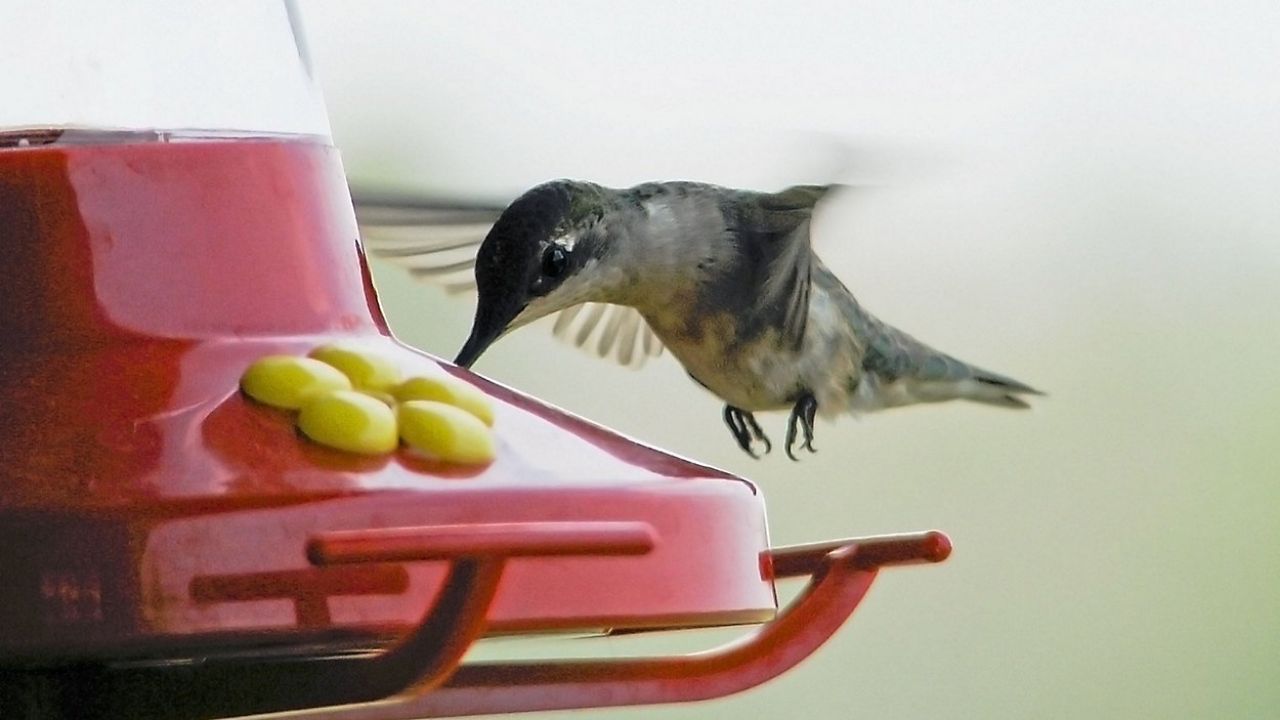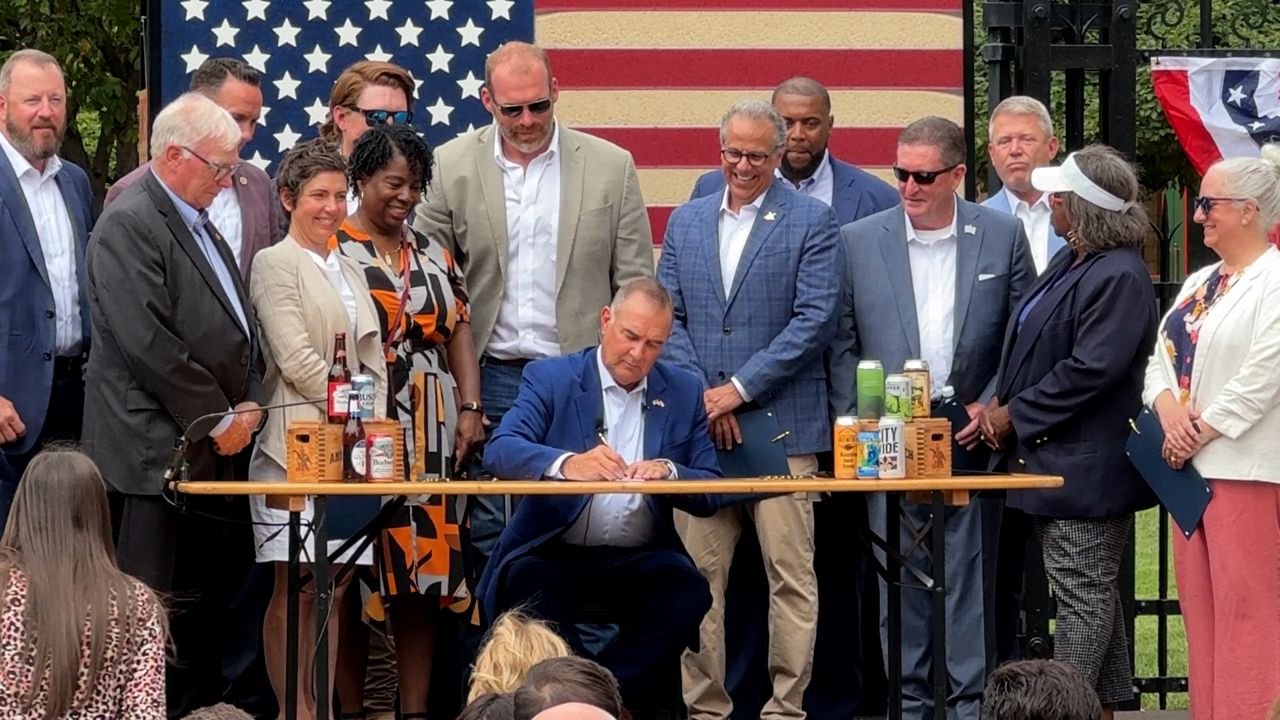ST. LOUIS — Missourians are starting to see hummingbirds in the area. The first two reported sightings of ruby-throated hummingbirds were on Tuesday. One was reported in Cottleville, within St. Charles County, and the other was reported in the City of St. Louis. While people often call the first hummingbirds to be seen "scouts," Humming Bird Central said there is no such thing as a "hummingbird scout" because the fast-flappers migrate alone and do not return to others to report of food found.
Colorful Ruby-Throated Hummingbirds will enjoy feeders and gardens across the eastern half of the United States for the Summer before migrating south again in November, to escape next winter's cold.
As temperatures continue to warm, the Ruby-Throated Hummingbirds will appear farther north, reaching more of the Midwest and Northeast by early May.
According to the Missouri Department of Conservation, the ruby-throated hummingbird loves the following plants:
- Cardinal flower
- Jewelweed or touch-me-not
- Royal catchfly
- Fire pink
- Wild bergamot
- Trumpet creeper
- Native honeysuckles (Lonicera dioica, L. flava, L. reticulata)
- Red buckeye (a small tree)
- Columbine
The journey hummingbirds make is miraculous. The migration back over the Gulf every spring can take 18-22 hours as they can fly over 1,200 miles without a break!
If you want to give them a meal after their long journey, click here to learn about the dos and don'ts of how to prepare nectar.
Before the hummingbirds begin appearing in your yards, be sure to have those feeders ready and take part in their migration.
The Mississippi State University Extension Service has some helpful tips if you are looking to attract hummingbirds:
- Prepare a homemade nectar for them to feed on. Mix four parts water and one-part sugar and boil for two minutes. Allow the mixture to cool to room temperature before filling the feeder. The mixture will spoil in the heat, so change the mixture every three to five days.
- Always clean the feeders well with hot soapy water and rinse before the first use and each time you refill them throughout the season to help reduce bacteria growth. You can store any leftover mixture in the refrigerator for easy use.
- Hummingbirds are pollinators and feed on many plants commonly found in landscapes. Plants like begonia, petunia, nasturtium and zinnia are great annuals to incorporate into your yard. Other perennials and shrubs hummingbirds are fond of include butterfly weed, lantana, azaleas and salvia.
If you would like to know more information about the annual hummingbird migration visit here.
Our team of meteorologists dives deep into the science of weather and breaks down timely weather data and information. To view more weather and climate stories, check out our weather blogs section.











